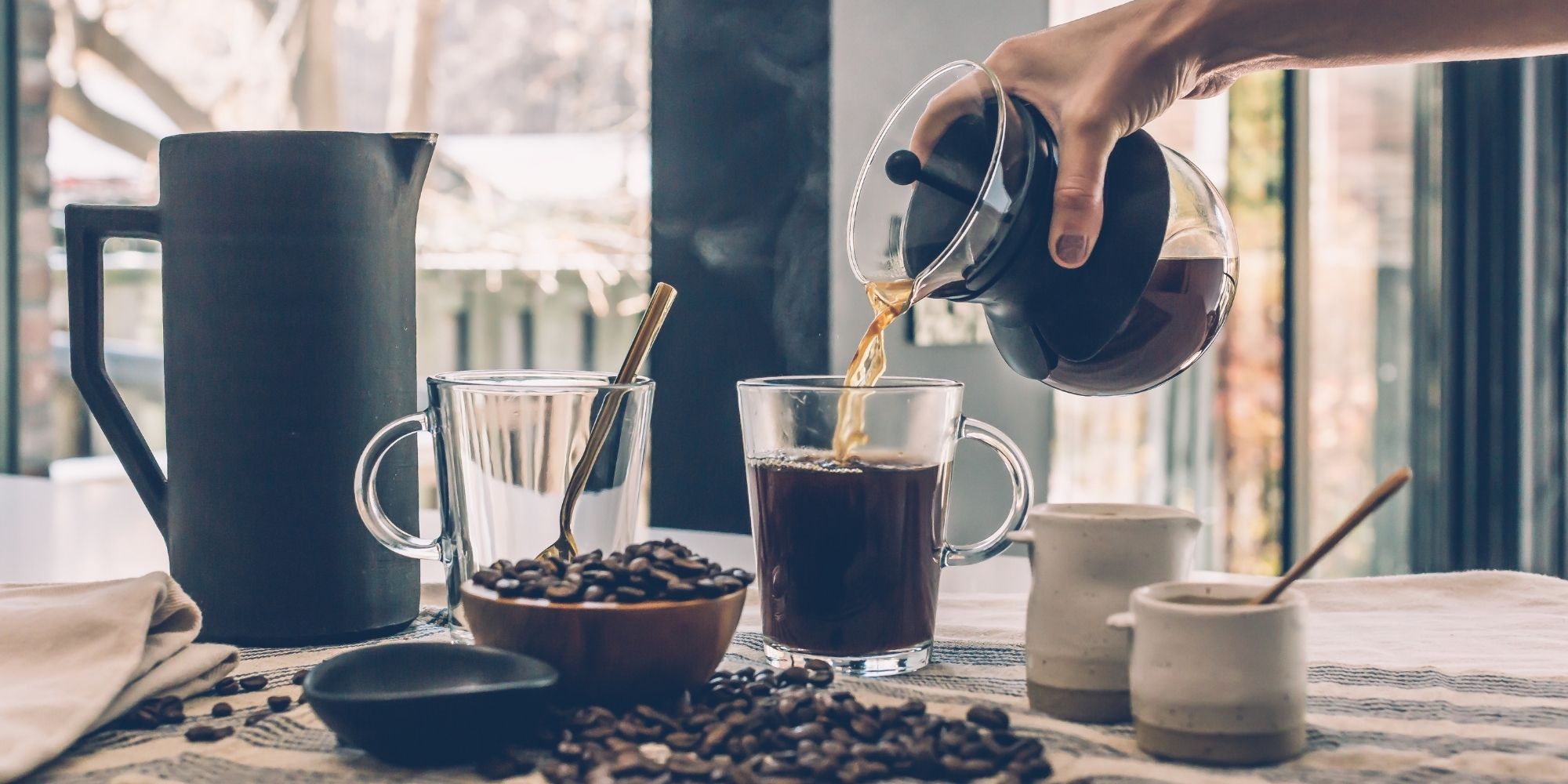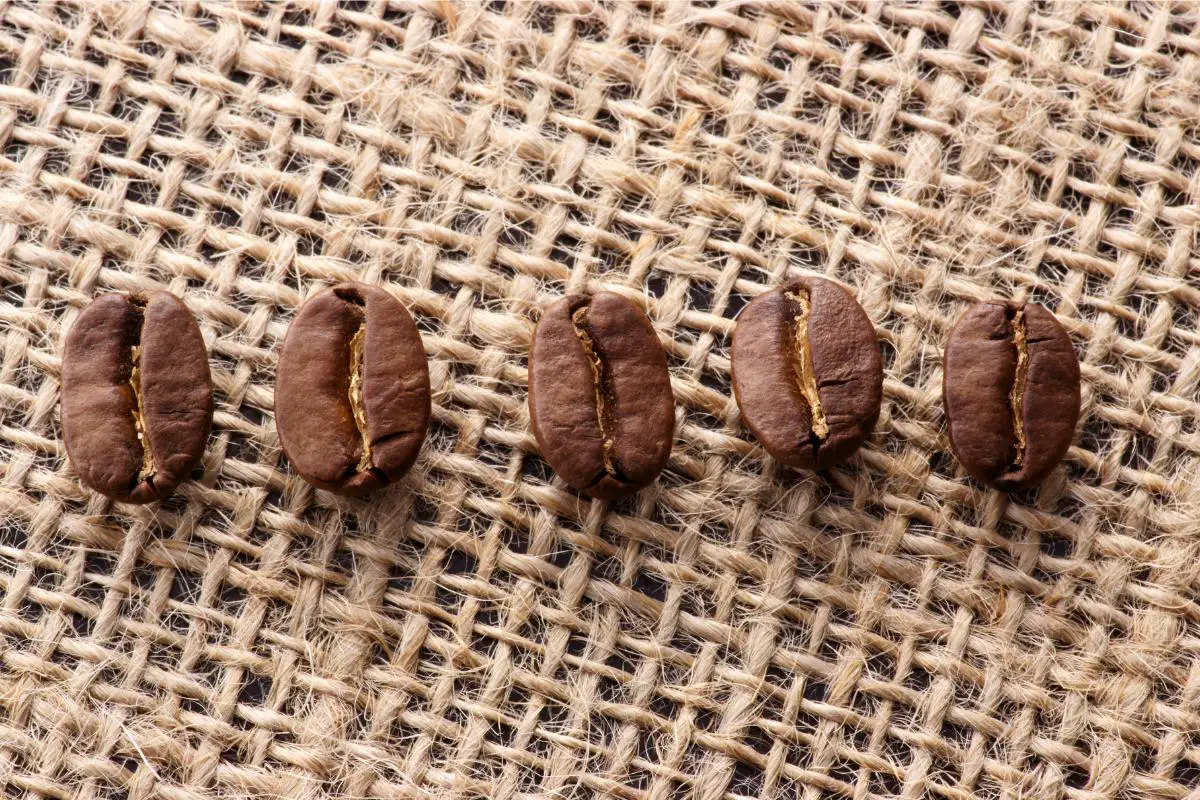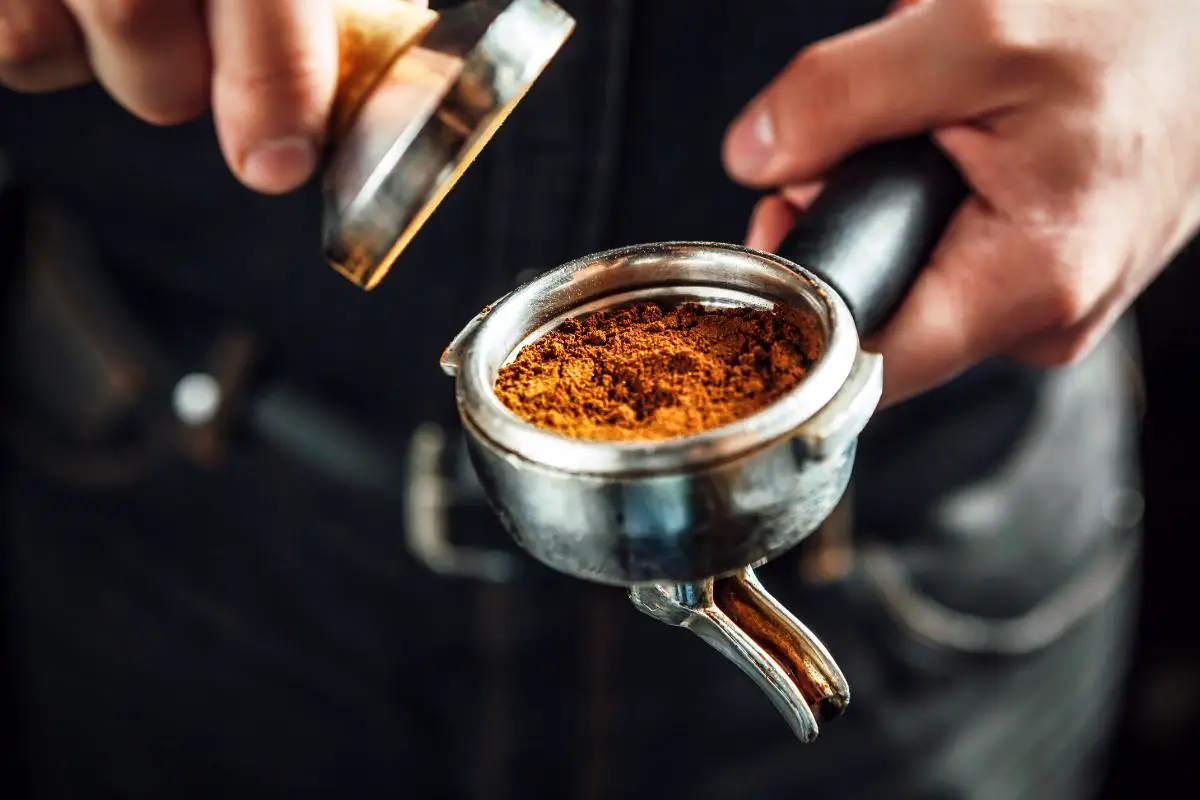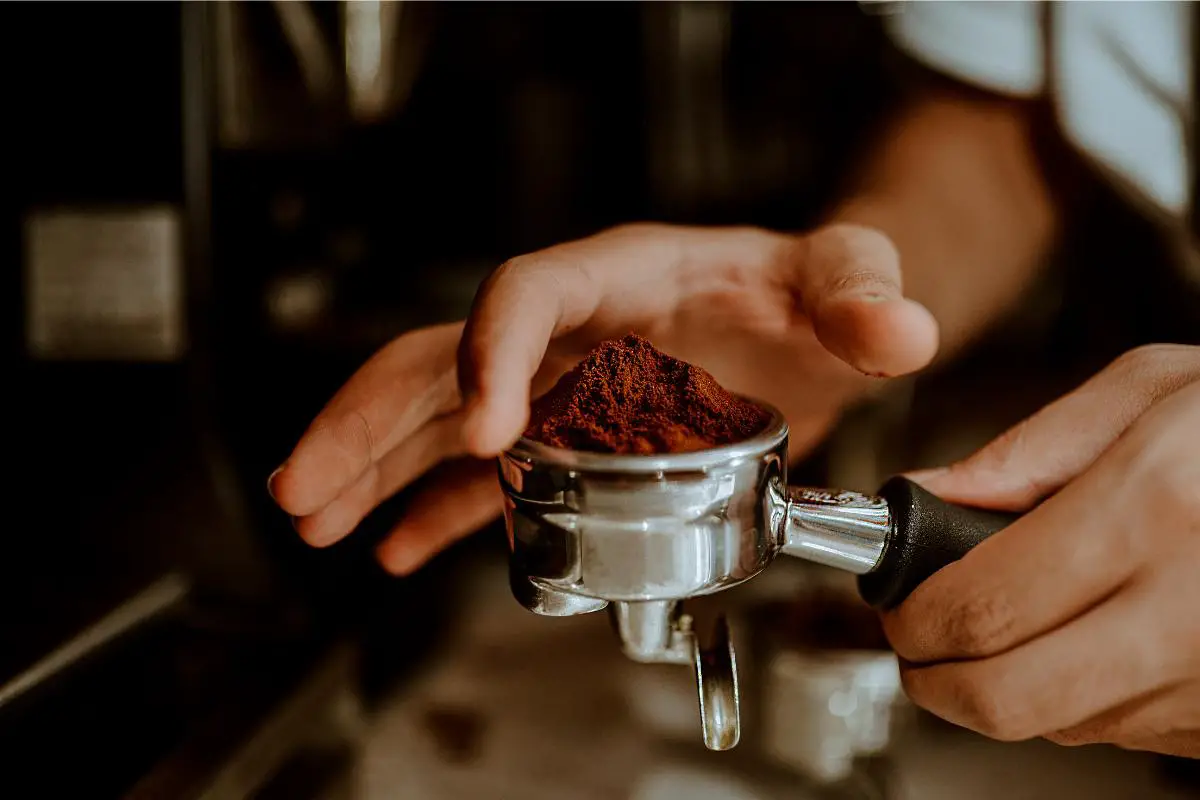You can barely find a person, who has not tried coffee (if they are not under the age of 16, obviously), however, that does not necessarily mean that all the coffee consumers know the best coffee varieties.
Moreover, the majority of them does not, they simply have already chosen the beverage they like the most, whether it is a cappuccino, an espresso or a latte, and drink it from time to time (or even on the daily basis).
For a lot of people, drinking a cup of coffee has become either a ritual, where they adore every single sip, breathing in the odour, or just a habit, for example, to cut the time between studying.
There is nothing wrong with that, but if you want to actually know what you are drinking and why, you need to educate yourself.
You need two aspects to create a perfect coffee — type of used roast and high-quality coffee beans.
These two basically determine what you will taste right after preparing your drink. Though, it is quite easy to get lost in the variety of names and kinds, as words such as SL28 may scare you.
That is why you need to read this article in order to find out more about the best coffee varieties, and provide yourself with the knowledge of this subtle art of coffee.
Table of Contents
What Are The Different Types of Beans
The most important thing to know about coffee is to know what coffee beans are themselves.
Basically, there are two most popular main species: Arabica and Robusta. Even before digging deeper, it has to be mentioned, that coffee itself has a very specific taste, which not everyone is a fan of.
In addition to that, these two types of beans differ in taste quite dramatically.
The difference between Arabica and Robusta lays in they are harvested, used, and prepared.
For a quick understanding, Robusta is more of a functional type of bean, meaning that it tastes worse, but, at the same time, it is way stronger.
It has more caffeine and therefore makes you feel more awake, while the Arabica sort has a softer taste and, along with that, softer influence on your body, but let’s get in more detail about each of them.
1. Arabica Beans
If we look deeper to some historical aspects of the coffee drinking, Arabica beans (or coffea arabica originally) is considered to be the oldest sort of coffee beans, which is why, potentially, it is known as the most popular coffee bean of the highest quality.
More than a half of coffee beans produced all over the world are Arabica beans, with cultivators treating these beans with more care, harvesting them in the highlands of Ethiopia.
Their softer and naturally sweeter taste is conditioned by the presence of sugar in them, and as the result, the brew is smoother and thicker, so to say.
The taste of high-quality Arabica coffee is very interesting and complicated. Not only it has this specific taste of coffee, it also has some notes of fruit, chocolate and even nuts.
It can be explained easily by the biology of the plant. Unlike cross-pollinated beans, this specific bean is self-pollinating, which provides for a more consistent flavour.

2. Robusta Beans
Provided you are not a fan of coffee flavour, but really like the effect it gives, you’d better stick to Robusta beans, or coffea canephora originally.
However, even though the flavour is less strong, compared to the previous type of beans described, the odour of the Robusta coffee remains quite noticeable.
Here we can provide a parallel view — considering the amount of sugar in Arabica beans and its correlation with its taste, we may conclude, that Robusta beans have a much lower level of sugar.
Additionally, it possesses high levels of antioxidants and caffeine (basically doubling those of Arabica’s), which conditions its more invigorating effect on your brain and body.
Unlike Arabica coffee, which has an African origin, Robusta coffee is Asian, grown mainly in Indonesia and Vietnam, anywhere from sea level to 800 meters, Robusta thrives.
The best conditions for their existence are rich, well-drained soil on gently sloping to entirely level ground, so due to this mild harvesting requirements, no wonder that it is much easier to grow Robusta corps.
This availability makes this type of bean much cheaper, than a finical Arabica.
3. Others
Even though Arabica and Robusta are the most widely used types of beans, there still are two more sorts — Liberica and Excelsa.
Liberica is an Asian coffee sort, which appears to be quite hard to cultivate, resulting into higher prices.
Liberica coffee grows on tall tree-like plants that are suitable to jungle settings and are a sort of natural vegetation, requiring considerably less deliberate cultivation from the farmer than other types of coffees do.
Just to say in general, its specific bitter taste and very high caffeine rates are popular mostly in the countries of its origin, like Malaysia and the Philippines.
The latter type, the Excelsa beans, was not even separated to a sort, as it is very similar to Liberia coffee.
It also grows on the trees in the same area, however the taste differs a little, and appears to be more sweet, with some hint of fruit and is a little bit acidic.
What Are The Different Types Of Roast Levels?
The first question, that may appear at this point, is, what is the roast itself? What does it mean? What does roast levels have to do with finding out the best coffee varieties?
Basically, when the beans are still on the plants, they are green, like any other fruit, and In the process of roasting, coffee beans become aromatic and dark brown, under the influence of heat.
Coffee-wise, there are three types of roast determined: light, medium and dark roast.
Obviously, they have obtained their names after the colour of the bean after the roast.
Naturally, there are numerous roasts in between, such as medium-dark and extremely dark.
Getting to know each type of roast is the easiest way to get familiar with the tastes, as these two aspects have a straight correlation — the stronger the roast, the stronger the taste.
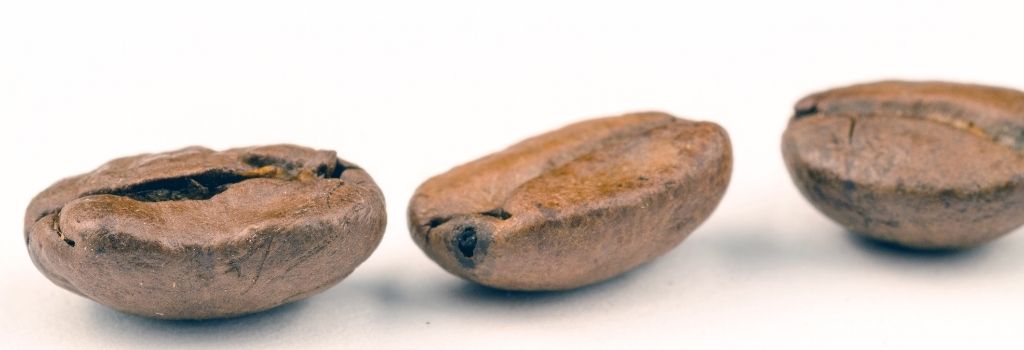
1. Light Roast
Most light roasts are fruity and acidic, with a mild taste.
Due to the fact that light beans are roasted for a shorter period of time, they have a greater caffeine concentration (as to have not disintegrated under the influence of high temperatures) and keep most of their natural tastes.
Beans are usually being roasted for about ten minutes under relatively mild temperatures (180ºC-240ºC).
With the appearance of first cracks on the beans, they have to be taken off the heat.
2. Medium Roast
It is possible to get a satisfying balance of acidity and taste with medium roasts, while avoiding some of the graininess that is typically seen in lighter roasts.
In fact, the coffee that has undergone medium roast possesses lower levels of caffeine due to being influenced by higher temperatures (usually around 210º-220º).
Once the second set of cracks has shown, the beans are done.
3. Dark Roast
Dark roast coffees are roasted for a long period of time, resulting in a harsh, foggy flavour.
When the beans are cooked to this degree, the natural tastes of the beans are overwhelmed, and a large amount of caffeine is removed.
The temperature stays about 240ºC when these beans are being roasted.
While the thickness may grow, the flavour may diminish, which can be an argument for those who are not into coffee flavour.
Also, due to the roasting temperature the caffeine gets even more disintegrated, which is why instead of producing a bolder cup, dark roasting produces one with a more consistent taste.
So, choosing a roast will be influenced by both your own taste and the type of coffee you’re producing.
Examples include espresso and dark roast coffee. Light, medium, and dark roasting have subcategories, and the roast type is generally linked with a particular area of the country.
Best Coffee Varieties F.A.Q’s

A. The four main coffee types are Arabica, Robusta, Excelsa, and Liberica and all four of them have radically different taste profiles.
A. Kopi luwak is made from coffee beans plucked from civets’ feces.
It’s the world’s most expensive coffee, and it’s made from poop. Or rather, it’s made from coffee beans that are partially digested and then pooped out by the civet, a catlike creature.
A. A hazelnut or vanilla latte or a caramel cappuccino are classic coffee drinks that don’t taste much like coffee.
The milk and flavouring in these espresso drinks can help ease you into the taste of coffee. The espresso flavour still shines through a bit, but it isn’t overwhelming in the scheme of the drink.
A. If you’re a beginner who wants to start drinking coffee, we recommend trying a cappuccino, latte, café Americano, or mocha first.
Conclusion: Best Coffee Varieties
Overall, if you are a regular coffee consumer and or enthusiast, it is a good idea to pay attention to the variety of coffee when choosing your brew.
By having a better understanding, you can save time and money, while at the same time enjoying new experiences.
From light roast to dark, Arabica beans to Robusta beans, there really is so much out there for you to find out and ultimately find out the best coffee varieties.
If you enjoyed this article, read more like this by checking out our Specialty Coffee Beginners Guides.

